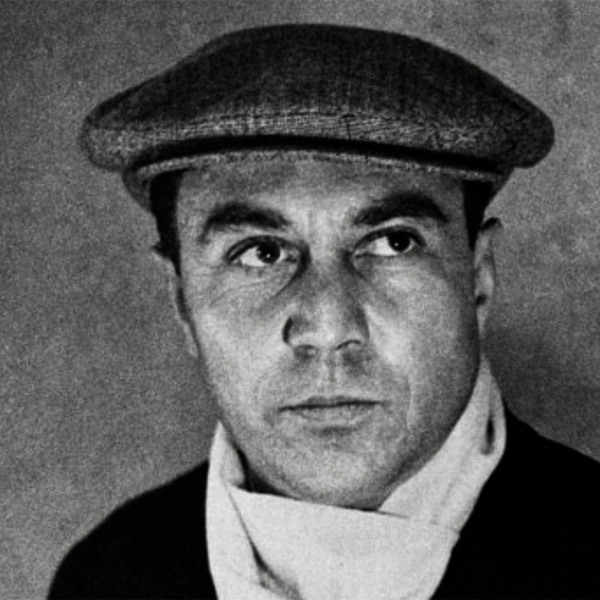
Who is Fikret Mualla?
Fikret Mualla Saygı, whose paintings show strong influences of Fauvism and German Expressionism, also includes workers, peasants, prisoners, the poor and women in her works. Sections from Fikret Mualla Saygı's artistic life…
Fikret Muallâ Saygı went to Germany from Switzerland, where he studied engineering; He became a student of Arthur Kapmpf at the Berlin Academy of Fine Arts. After completing his 6-year education, he came to Paris, met the art circles and returned to Istanbul.
During these years, he was interested in literature as well as painting. In 1932, he wrote a book called Schiller (Schiller) 1759-1805, His Life and Works. In 1938, his story "Üsera Karargahı" was published in Ses magazine; In addition, he published articles on different subjects and acted.
He illustrated Nâzım Hikmet's poetry book Varan 3. He drew various patterns and cartoons in Ses and İsmail Hakkı Baltacıoğlu's Yeni Adam magazines in 1936, 1937 and 1938.
Workers, peasants, prisoners, the poor, women, bureaucrats, fashion, etc. are depicted in his drawings, which bear the traces of a cubic form language as well as the strong influences of Fauvism and German Expressionism. covered various topics.
He illustrated Nâzım Hikmet's poetry book Varan 3. He drew various patterns and cartoons in Ses and İsmail Hakkı Baltacıoğlu's Yeni Adam magazines in 1936, 1937 and 1938.
Workers, peasants, prisoners, the poor, women, bureaucrats, fashion, etc. are depicted in his drawings, which bear the traces of a cubic form language as well as the strong influences of Fauvism and German Expressionism. covered various topics.
In Fikret Muallâ's drawings, a changing and diversifying line quality can be seen, from Expressionism to Cubism, from Russian Constructivism to Fauvism, from German printmaking to Japanese prints, from Kirschner to Nolde.
Muallâ, who knew tradition and art history well, was influenced by Ottoman miniatures. In the 1930s and 1940s, he talked about the city of Istanbul with its history, geography, climate and people.
He also embarked on an important attempt at portraiture with the help of Salâh Cimcoz.
Abidin Dino, who served as the art consultant of the Turkish pavilion at the New York World Exhibition, gave Fikret Muallâ, who decided to go to Paris, the job of creating 30 images of Istanbul to be placed on the walls of the Turkish café. Adding the money he earned from this job, he left Istanbul and went to Paris on the first day of 1939, never to return.
He established his relationship with Paris as he did with Istanbul. He got to know its hospitals, hotels, bars, people, streets and districts one by one.
He spent his last years in Relainne, away from all this chaos. His life ended in 1967 in this isolated, small village in Southern France.
















